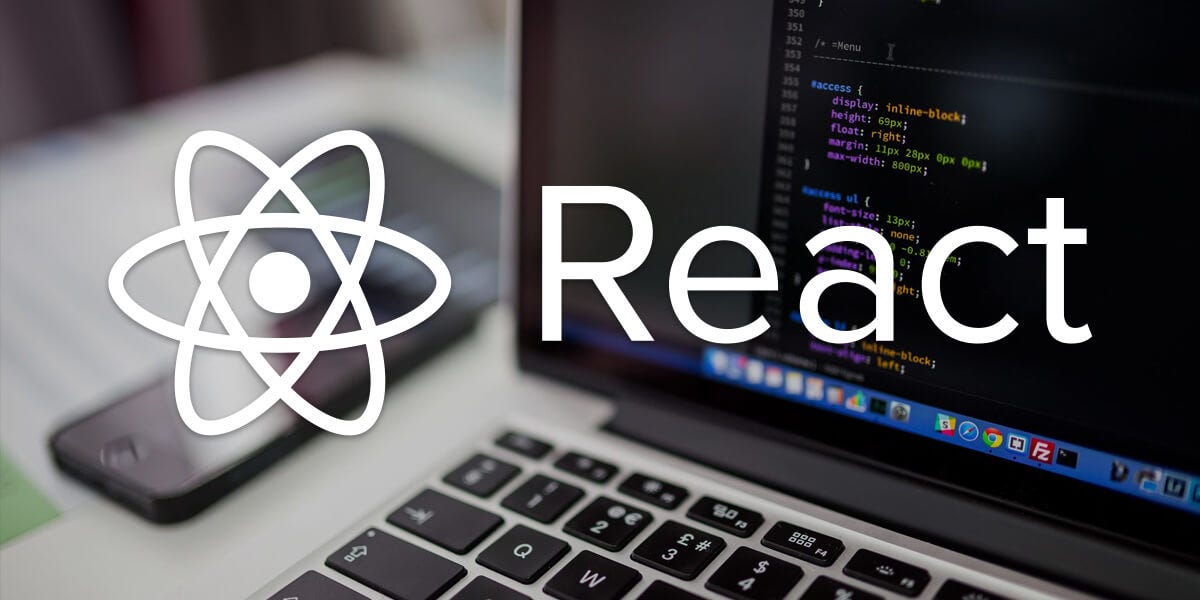Recall AI has rapidly become one of the most disruptive players in the video-analysis ecosystem. As businesses scale their digital infrastructure, the demand for real-time insights from video sources has surged. Recall AI addresses this by offering a unified API that connects to cameras, video conferencing platforms, and other visual data streams—making it dramatically easier for engineering teams to build powerful video-intelligence features without maintaining heavy infrastructure.
In modern development workflows, where web development services, automation, and AI-driven solutions dominate the roadmap, platforms like Recall AI empower teams to innovate faster and deploy more reliable applications. Whether you’re building enterprise tools, video analytics dashboards, or proof-of-concept (PoC) software, Recall AI streamlines the process and significantly reduces engineering overhead.
Why Recall AI Matters in Today’s Tech Stack
The current digital landscape is defined by rapid iteration cycles and increasing reliance on intelligent automation. Recall AI aligns perfectly with these demands. Instead of spending months building custom integrations for cameras or video services, developers can leverage Recall AI to jump straight into the intelligence layer—object detection, transcription, analysis, and more.
Its architecture also supports multiple programming languages, including Go, making it easier for backend teams to integrate video intelligence into existing pipelines. Companies relying on frontend technologies can also connect Recall AI outputs directly into dashboards, real-time monitoring interfaces, or user-facing analytics tools.
This creates a seamless bridge between backend video processing and frontend user experience.

Key Capabilities That Set Recall AI Apart
Recall AI’s unified infrastructure offers several advantages for engineering teams:
Plug-and-Play Video Integration
Instead of building and managing individual camera adapters or conferencing integrations, Recall AI handles it all through a universal API. This reduces both time-to-market and maintenance costs.
Scalable AI Processing
Developers can run their models at scale without worrying about GPU provisioning, storage, or bandwidth optimization. Recall AI abstracts the complexity and allows engineering teams to focus on product innovation.
Developer-Friendly Architecture
Whether you’re working in Go, Python, Node.js, or client-side apps powered by modern frontend technologies, Recall AI integrates smoothly into your existing stack. This gives teams the flexibility to build, iterate, and deploy without architectural bottlenecks.
Ideal for PoC and Enterprise Projects
Teams validating ideas through PoC software can quickly prototype video-intelligence features. Enterprises, meanwhile, can build fully scalable production systems without re-engineering foundational video infrastructure.
Business Impact and Use Cases
Organizations across multiple industries leverage Recall AI to enhance operational workflows:
• Security & Monitoring: Real-time alerts, anomaly detection, and automated reporting.
• Telemedicine: Automated transcription, patient-interaction analysis, and compliance tools.
• Customer Experience: Video-driven insights in retail, automotive, and service centers.
• Productivity Tools: Meeting summaries, action-item extraction, and automated documentation.
Its compatibility with full-stack environments—spanning web development services through backend orchestration—positions Recall AI as a high-value accelerator for businesses pursuing digital transformation.

FAQs
What makes Recall AI different from building in-house video infrastructure?
Recall AI eliminates the complexity of integrating cameras, managing servers, and scaling GPU-based workloads. Teams get an out-of-the-box infrastructure layer so they can focus on product development instead of maintenance.
Does Recall AI support backend languages like Go?
Yes. Recall AI provides backend-friendly APIs compatible with Go and other major programming languages, simplifying integration for engineering teams.
Can I use Recall AI for frontend dashboards?
Yes. Output from Recall AI can be consumed directly by applications built with modern frontend technologies, enabling real-time visualizations and analytics.
Is Recall AI suitable for PoC software?
Absolutely. It’s ideal for PoC projects because it removes infrastructure hurdles, allowing teams to validate ideas faster.
What type of companies benefit most from Recall AI?
Startups, enterprises, SaaS platforms, and any organization relying on video data, automation, or AI-enhanced workflows.
Conclusion
Recall AI is redefining how developers build video-powered applications. With a unified API, scalable AI infrastructure, and integration flexibility across Go, frontend technologies, and full-stack ecosystems, it enables faster innovation and more efficient product development. Whether you’re building enterprise platforms, intelligent workflows, or early-stage PoC software, Recall AI delivers a future-ready foundation to accelerate your growth trajectory.












